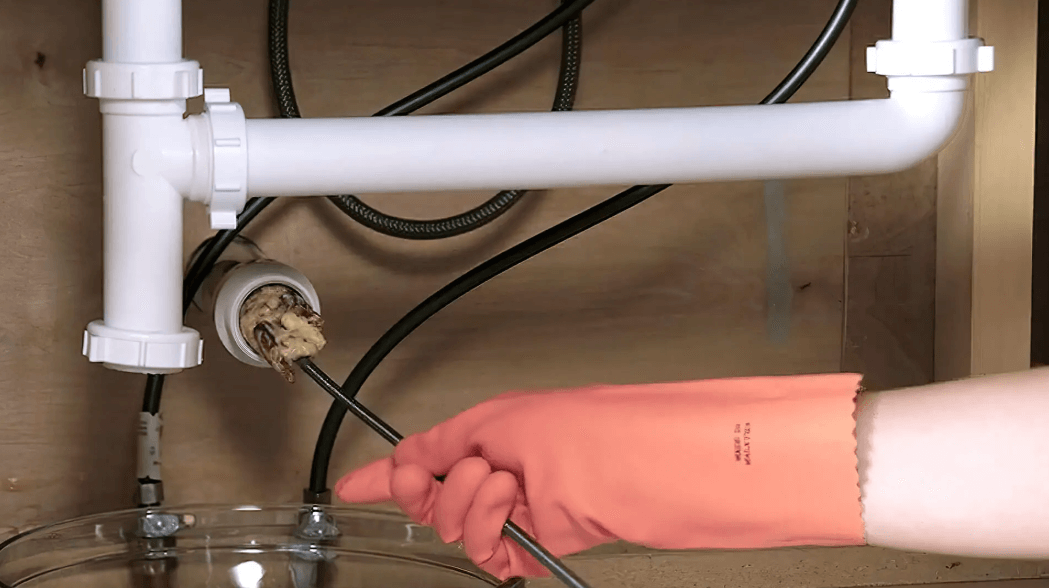This was borne out by the currencies historic price run in 2017, during which its value soared from $900 to $20,000 in 12 startling months.
Bitcoin has also revolutionized the way in which money is produced, as there’s no central authority issuing new tokens on a regular basis. Instead, it’s possible to generate new bitcoins and similar virtual tokens through a process called mining, with a finite number available in the marketplace.

What is the Technology Behind Cryptocurrency Mining?
It’s estimated that 17 million Bitcoin tokens have been mined to date, leaving around four million available.
Newer cryptocurrencies will have a higher volume of tokens left to mine, while options such as Feathercoins and Litecoins arguably offer a superior cost benefit to beginners.
The process of mining crypto tokens is highly technical, and one that relies heavily on ‘nodes’. Nodes are powerful computers that relay specific types of information between one another, and they can be operated with simple bitcoin software packages and the requisite storage space (which is estimated at around 145GB at the time of writing).
In the case of so-called ‘mining nodes’, the goal is to group outstanding transactions into blocks and add them to the blockchain (this refers to the decentralized ledger technology that records every single bitcoin transaction, providing an immutable store of data that is accessible to all).
So how is this objective achieved? In simple terms, miners use nodes to solve a complex mathematical puzzle that is part of the bitcoin or cryptocurrency program, before including their answer in the block. The puzzle on the question is a random number which should be added to the existing data in the block to produce a result within a predetermined range, and this can only be achieved by guessing.
After all, there’s no viable way of knowing which number will work, as two consecutive interns will offer fluctuating results that are entirely unrelated.
Once a specific puzzle has been successfully solved, miners will be rewarded with the transaction fees compiled in the block and the newly released bitcoins.
The Last Word
A growing number of investors now like to trade bitcoin and similar cryptocurrencies by buying and selling tokens, particularly in an age where so many coins have already been mined.
However, mining can provide a more cost-effective (if time-consuming) route to market, so long as you have the right hardware and software at your disposal.
This included the type of free mining software package we mentioned before, along with a specialist PC equipped with a high-end GPU, a high-speed Internet connection and the requisite funds to cover the additional energy consumption.
You’ll also need to register for a coin wallet, which is a password protected space in which you can store your successfully mined tokens. If you intend to trade these virtual tokens for cash or alternative currencies, you’ll also need to sign up to an online exchange at your earliest convenience.




